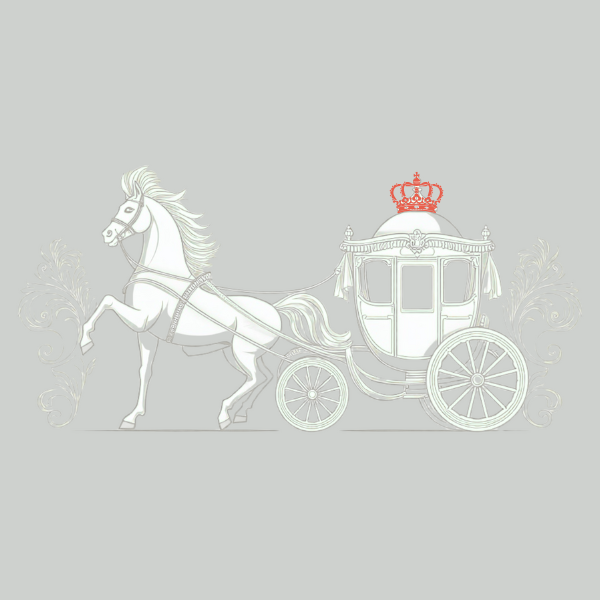
Choosing a basic palette for beginner oil painters
Share
Starting out with oil painting can be an exciting yet daunting experience. One of the first steps is to choose a basic palette of colours that will give you the versatility to mix a wide range of hues. Here's a guide to help beginner oil painters select their essential colours.
Primary colours
Your primary colours will form the foundation of your palette:
-
Titanium white: Essential for creating tints and lightening other colours.
-
Cadmium yellow: A vibrant and opaque yellow that’s great for mixing and creating warm tones.
-
Cadmium red: A strong, warm red that mixes well with other colours to produce a variety of hues.
-
Ultramarine blue: A deep, rich blue that is ideal for mixing purples and dark shades.
-
Yellow ochre: A muted, earthy yellow that can be used to create natural tones.
Secondary colours
Adding a few secondary colours can give you more flexibility:
-
Burnt sienna: A warm, earthy brown that’s useful for creating shadows and depth.
-
Burnt umber: Another brown, slightly darker, perfect for rich, deep tones and darkening other colours.
-
Alizarin crimson: A cool, transparent red that is excellent for mixing with blues and creating purples.
Mixing and adjustments
-
Phthalo blue: A powerful, versatile blue that's great for mixing greens and other shades.
-
Viridian green: A strong, vibrant green that can be toned down with reds and yellows to create realistic greens.
Tips for mixing
-
Experiment with ratios: Start by mixing small amounts to understand how each colour interacts with others.
-
Use a colour wheel: This can help you understand complementary colours and how to create balance in your work.
-
Keep it simple: Don’t overwhelm yourself with too many colours. Mastering a few can teach you much about colour theory and mixing.
Practical advice
-
Quality over quantity: Invest in artist-grade paints if possible; they offer better pigmentation and coverage.
-
Palette knives: Use these to mix colours on your palette. It’s cleaner and more efficient than using brushes.
By starting with this selection of colours, you’ll have a strong base to explore the world of oil painting. Remember, the key to mastering colour mixing is practice and experimentation. Enjoy the creative process and let your artistic journey unfold naturally. Happy painting!
